11 Greatest National Parks In & Around San Francisco, California
This San Francisco national parks post contains affiliate links. You can read more about our Terms of Use / Disclosure here.
One of America’s most iconic cities, once the favorite hangout of beatniks and now a technology hub, San Francisco is the perfect place to start a national parks road trip in central or northern California.
You don’t even have to drive that far to visit a National Park Service site. In fact, some of San Francisco’s greatest attractions are actually within a national park. This includes such famous landmarks as Alcatraz and even the Golden Gate Bridge.
You’ll also find some impressive forests and beautiful coastline just a quick drive from downtown San Francisco, as well as the former home of one of the earliest—and most influential—nature conservation advocates in America.
A bit further afield, although still only a few hours from San Francisco, are majestic national parks like Yosemite and Sequoia, among several others.
In this post, you’ll find the very best Northern California national parks near San Francisco.
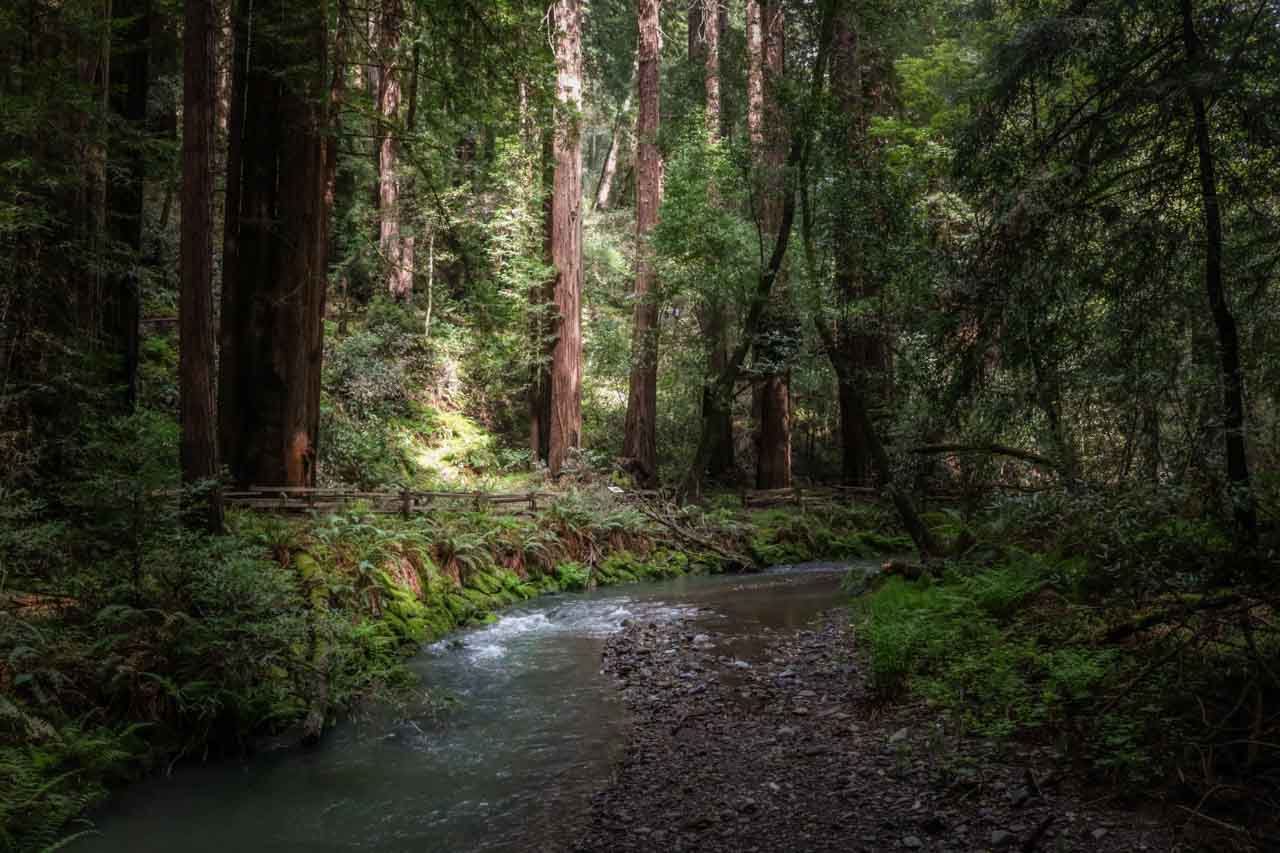
11 Best National Parks Near San Francisco, California
I’ve split up this overview of the best national parks near San Francisco into two parts.
First, we’ll look at the five greatest National Park Service sites in the Bay Area. All of those are within an hour’s drive from the city center and you can easily visit them during a trip to San Francisco.
The second part highlights all six national parks around San Francisco, dotted across northern California. These parks require some more planning and time, since they’re at least a couple of hours outside the city.
While you could visit the nearest national park to San Francisco, Pinnacles National Park, on a day trip, the rest of them require—and deserve—at least two days. You’ll want to give yourself plenty of time to explore iconic parks like Yosemite, Sequoia and Redwood.
5 San Francisco Bay Area National Parks
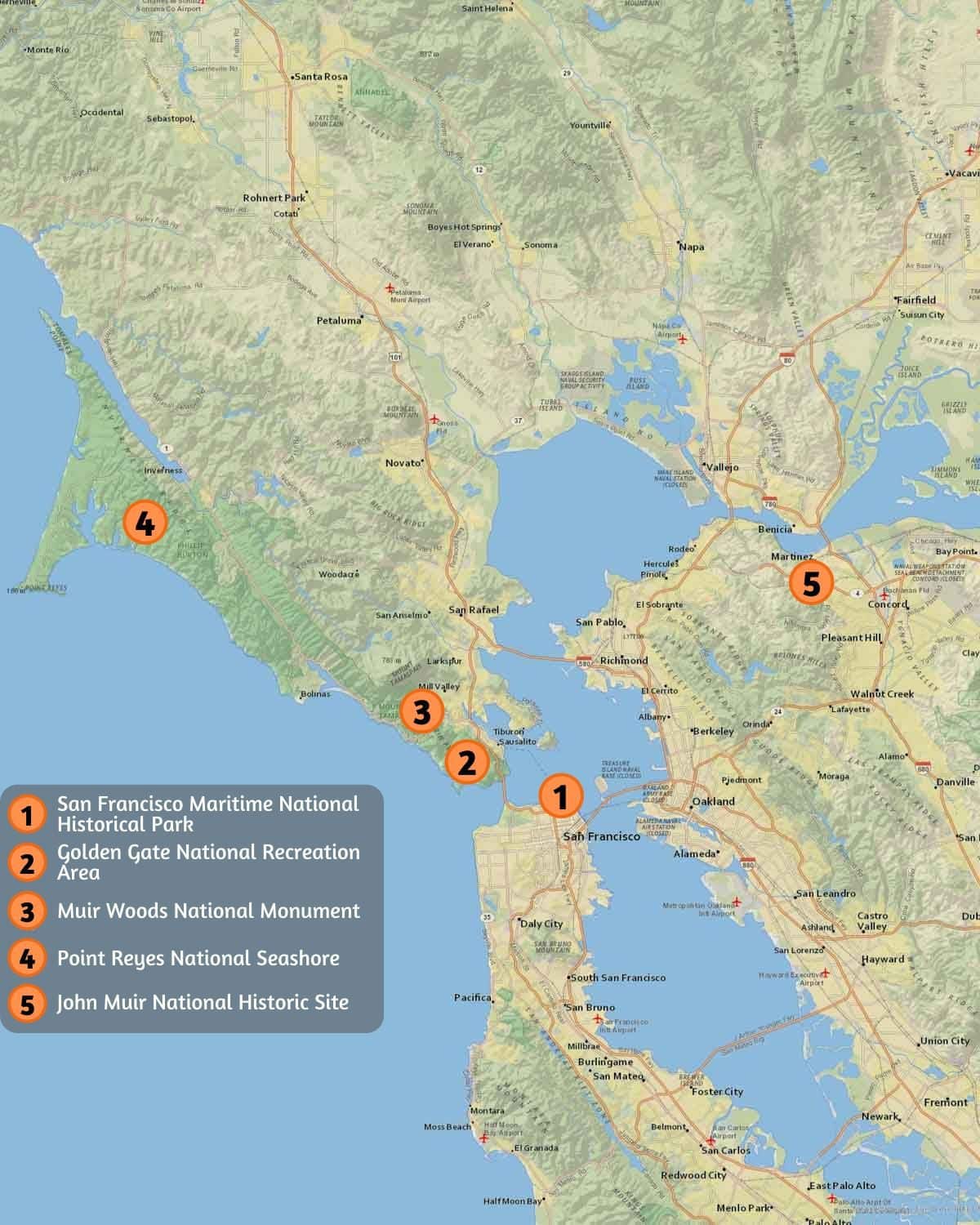
San Francisco Maritime National Historical Park
0 miles from downtown San Francisco (at the San Francisco waterfront)
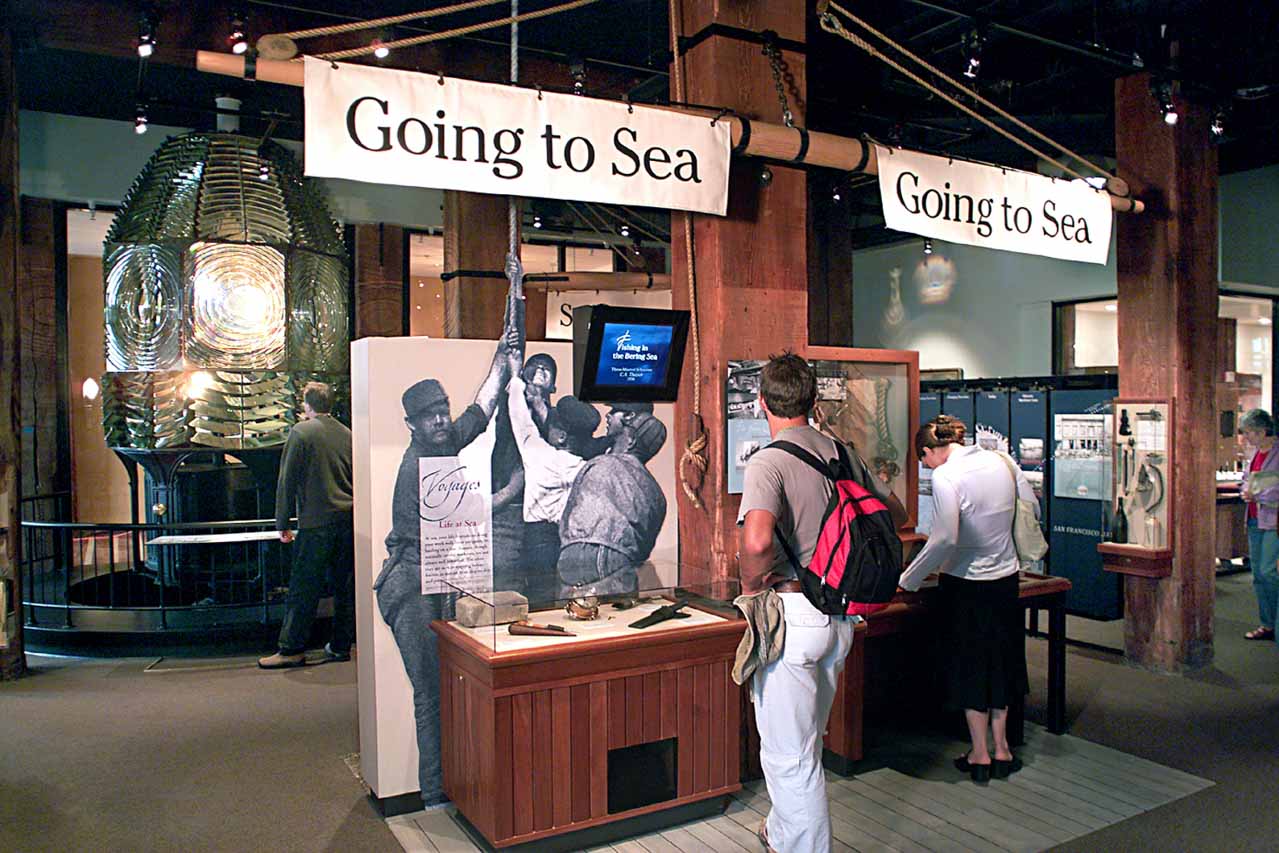
Located near Fisherman’s Wharf, one of San Francisco’s top tourist attractions, San Francisco Maritime National Historical Park lets you immerse yourself into the world of 19th-century Pacific seafaring.
This multi-attraction park preserves a wealth of cultural resources, offering visitors the chance to experience Pacific Coast maritime history first-hand.
Arguably its main highlight is the fleet of historic ships docked at Hyde Street Pier. The collection includes the 1886 square-rig sailing ship Balclutha, the 1895 lumber schooner C.A. Thayer, the 1890 steam ferry boat Eureka and the 1907 steam tug Hercules.
In addition to that amazing fleet, San Francisco Maritime National Historical Park has its own visitor center. Housed in an early-1900s waterfront warehouse, it contains tons of fascinating information.
There’s also the exceptional Maritime Museum, located in the historic Aquatic Park Bathhouse Building.
And that’s not all: the park has its own Maritime Research Center, too. Established in 1939, it’s become the number one resource of maritime history in San Francisco and the entire Pacific Coast.
In fact, the massive collection of the Research Center is one of the largest museum collections managed by the National Park Service.
Among thousands of other things, it contains 3,000 charts and maps; 6,000 archaeological artifacts; 150,000 drawings of marine architecture and naval engineering; 35,000 published titles, and half a million photographs.
Golden Gate National Recreation Area
7 miles from downtown San Francisco (20 minutes north)
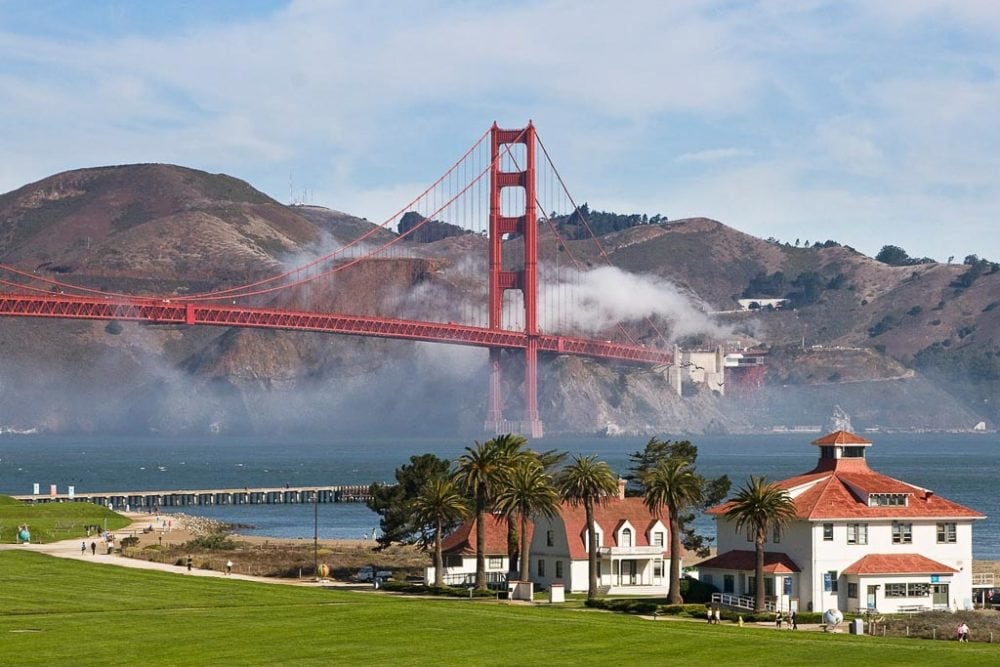
One of the greatest urban national parks in America, Golden Gate National Recreation Area lies just across the Golden Gate Bridge, yet is a world away from the city’s traffic, buildings, and commercial activities.
There’s a reason this the most-visited of all 400+ National Park Service sites. City-dwellers go here to get enjoy beautiful natural scenery, relax, work out and hang out.
This is literally a huge national park in San Francisco.
Golden Gate National Recreation Area is the most popular and most famous Bay Area national park, by far. Major San Francisco landmarks are within the boundaries of this fantastic park, most notably the Golden Gate Bridge and Alcatraz, as well as the Presidio of San Francisco, which preserves a wealth of Hispanic heritage.
Preserving no fewer than 80,000 acres of shores, hills, historic sites and natural landscapes in the San Francisco Bay Area, the national recreation area is home to over 2,000 species of plants and animals and an amazing 19 different ecosystems.
Additionally, Golden Gate National Recreation Area is so large it encompasses two other National Park Service sites in San Francisco, too. Those are Fort Point National Historic Site and Muir Woods National Monument. The latter is so exceptional I’ve highlighted it below.
There are numerous other beautiful places and interesting sites in the park, too. You can see a complete overview here.
Muir Woods National Monument
15 miles from downtown San Francisco (40 minutes north)
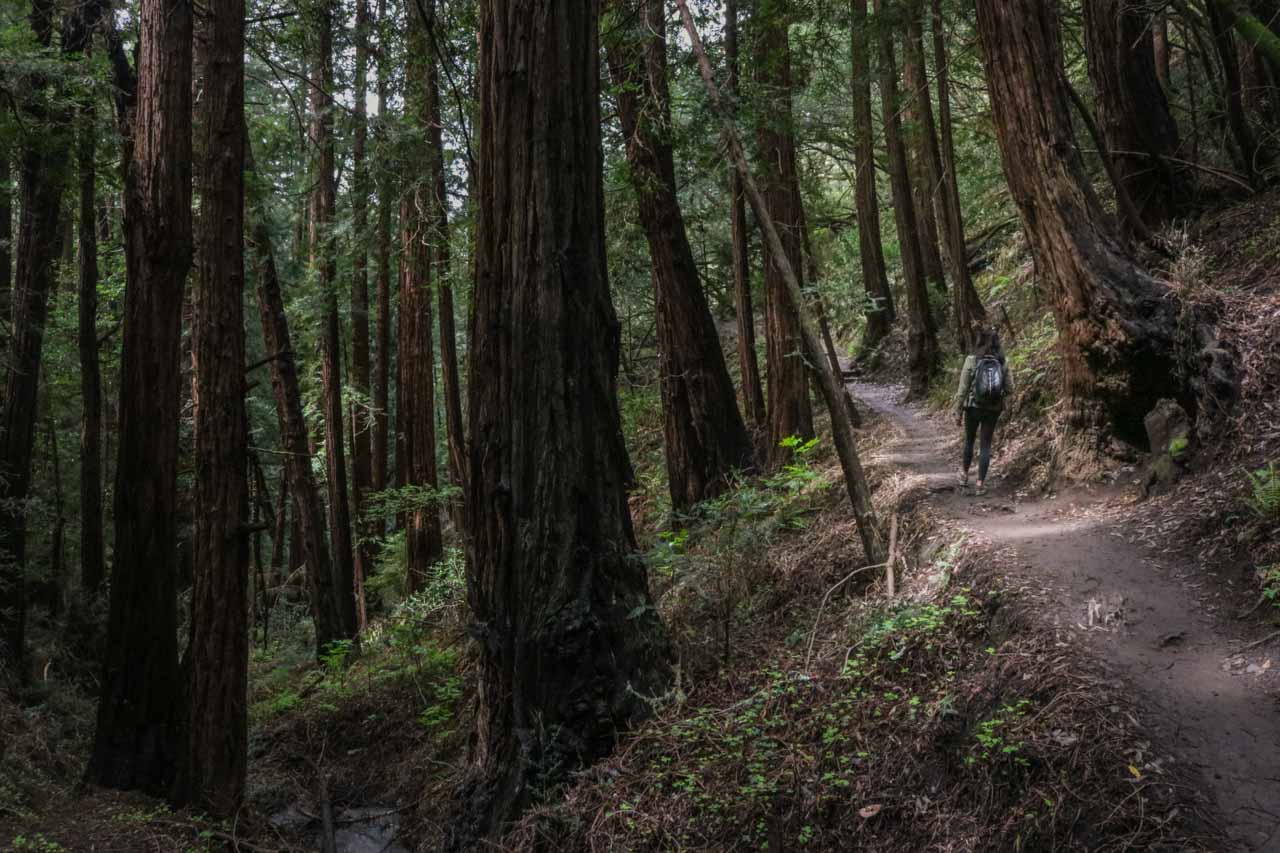
Located just across the Golden Gate Bridge from downtown San Francisco, Muir Woods National Monument is one of the city’s greatest natural treasures.
Protected as a national monument since 1908, Muir Woods lies on Mount Tamalpais within Golden Gate National Recreation Area. It preserves one of the last remaining primeval forests of old-growth coastal redwoods (Sequoia sempervirens) in the San Francisco Bay Area.
Anyone who visits San Francisco and wants to walk among towering redwoods goes to Muir Woods. As a result, this is an extremely busy park, so crowded, in fact, that you now need parking and shuttle bus reservations.
I spent an afternoon hiking through these ancient woods and all I can say it that it’s nothing short of enchanting.
It’s popular, though, so I recommend visiting either early on a weekday or in the relatively quiet late-fall and winter season.
Point Reyes National Seashore
35 miles from downtown San Francisco (1 hour north)
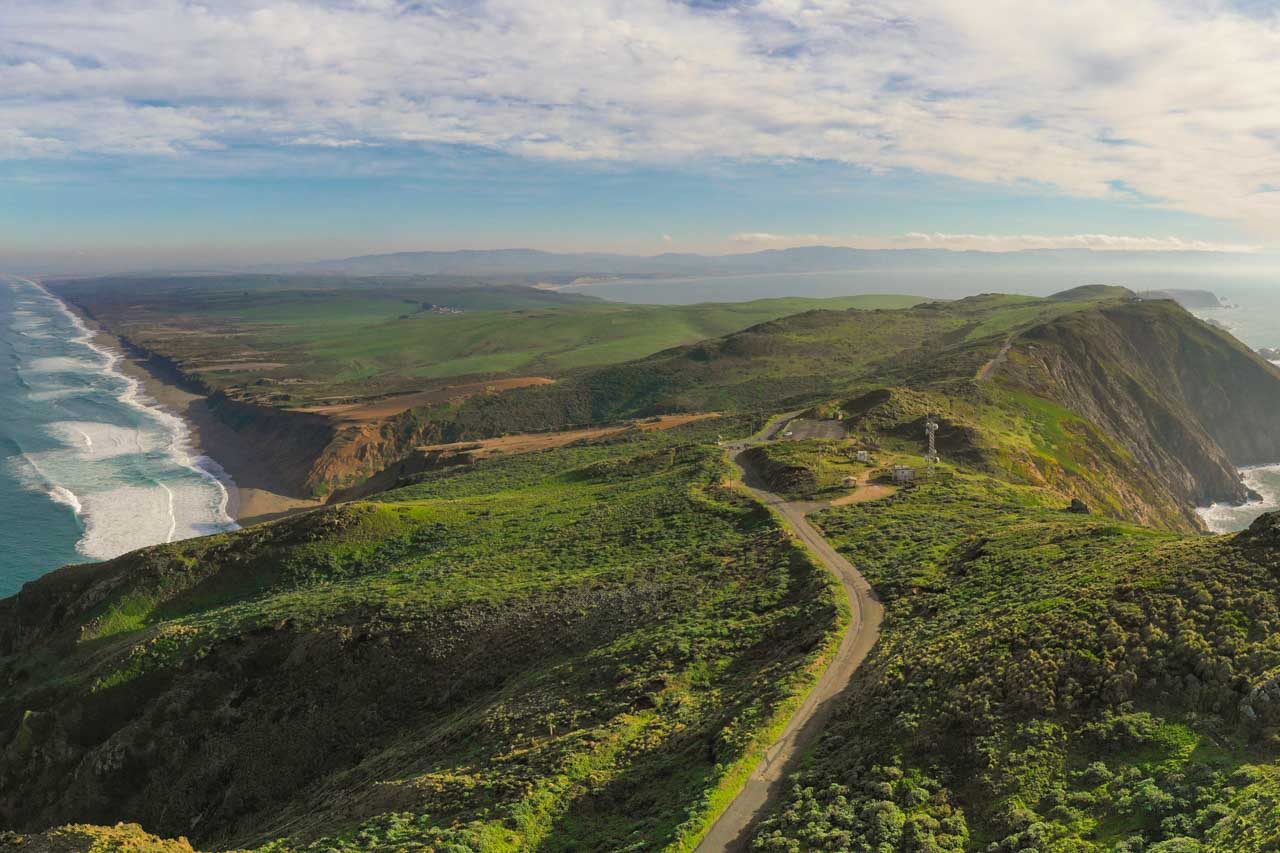
One of the most beautiful San Francisco Bay Area national parks, Point Reyes National Seashore lies just beyond the Golden Gate National Recreation Area, about an hour from the city center.
This large coastal preserve occupies most of the Point Reyes Peninsula, home to beautiful sand beaches, imposing cliffs and headlands, wooded slopes and rolling grasslands.
A fertile area on the wildlife-rich Pacific Coast, it used to be the home of Native American for thousands of years, whose stories and legacy you can learn about at the visitor center.
Other highlights include the Point Reyes Lighthouse, colonies of elephant seals, excellent whale watching opportunities, sea kayaking, the Tule Elk Reserve, and spectacular Alamere Falls, a 30-foot waterfall on the beach.
Looking for Bay Area parks to go hiking? With over 150 miles of trails, Point Reyes offers amazing hiking just outside of San Francisco.
Popular hikes include the short Earthquake Trail, which follows a section of the San Andreas Fault, the Chimney Rock Trail, the Tomales Point Trail, and the Bear Valley Trail.
John Muir National Historic Site
40 miles from downtown San Francisco (1 hour northeast)
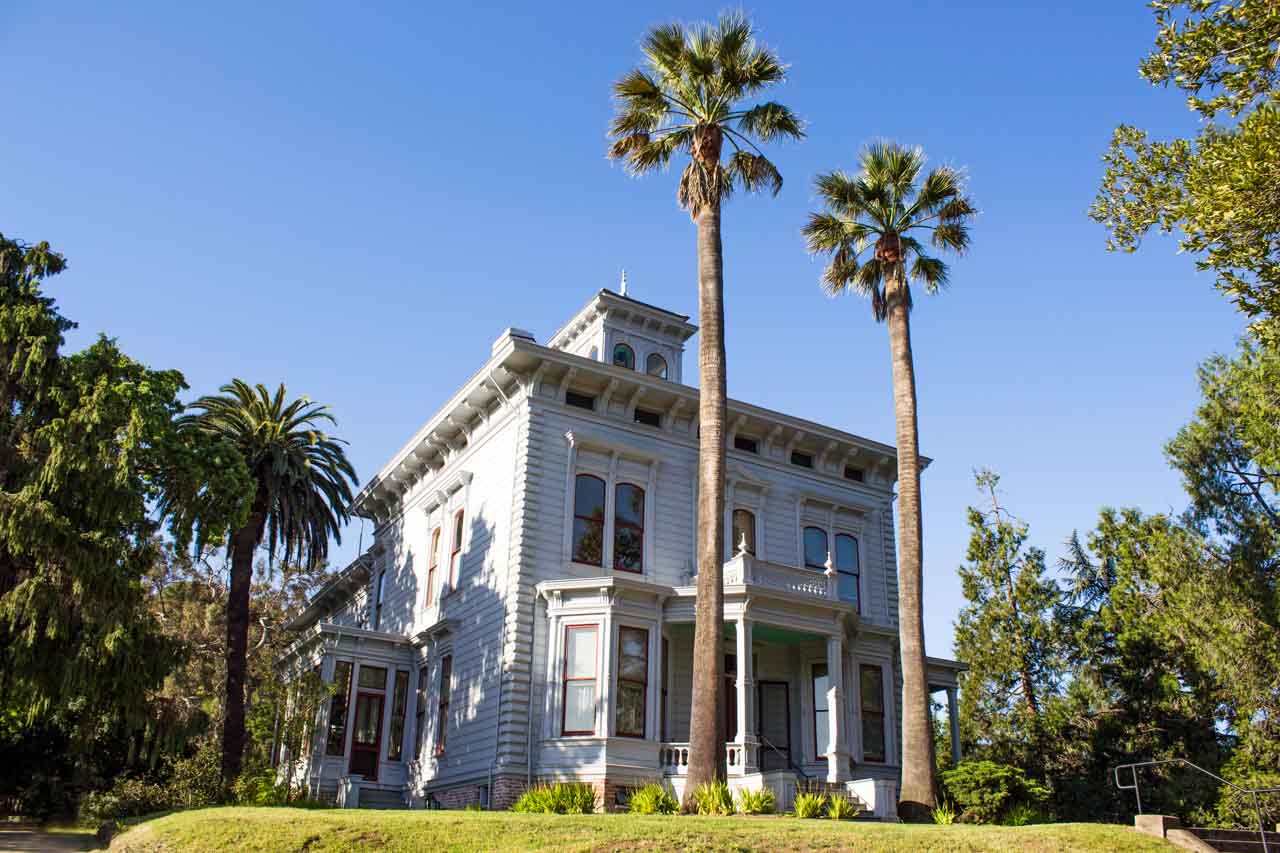
Known as the “Father of the National Parks” and “John of the Mountains”, John Muir was one of the most passionate and determined advocates for the wilderness preservation in the U.S.
Born in Scotland in 1838, he and his family emigrated to America when he was 11 years old. Almost 20 years later, Muir sailed to California and ended up in San Francisco. Almost immediately, he went on a week-long trip to the Yosemite Valley, instantly falling in love with the cliffs, waterfalls, wildlife and wildflowers.
Muir soon became obsessed with the geology and history of the landscapes of the American West, journeying from Utah to Alaska and the Pacific Northwest, where he summited Mount Rainier.
Through his hundreds of essays, newspaper and magazine articles, and books, he (often successfully) tried to influence legislation, establish nature reserves, and inspire people to enjoy the great outdoors—he famously spent four days in Yosemite with President Theodore Roosevelt.
Among his greatest successes are the co-founding of the Sierra Club, the creation of Yosemite National Park and Sequoia National Park.
His advocacy also (eventually) resulted in the protection of the Grand Canyon and Mount Rainier as national parks. He’s now considered one of the most influential environmental philosophers, naturalists, conservationists and nature writers of all time.
In 1880, John Muir married Louisa Strenzel, whose family owned and operated a large fruit orchard in the town of Martinez, just outside of San Francisco. He spent most of the rest of his life at this fruit ranch, co-managing it with his father-in-law and continuing to write numerous essays and books.
The Muir house is now the centerpiece of John Muir National Historic Site, a place every nature lover should visit.
After all, without John Muir, there may not even have been any national parks around San Francisco—if anywhere else in the world—in the first place!
6 Northern California National Parks Close to San Francisco
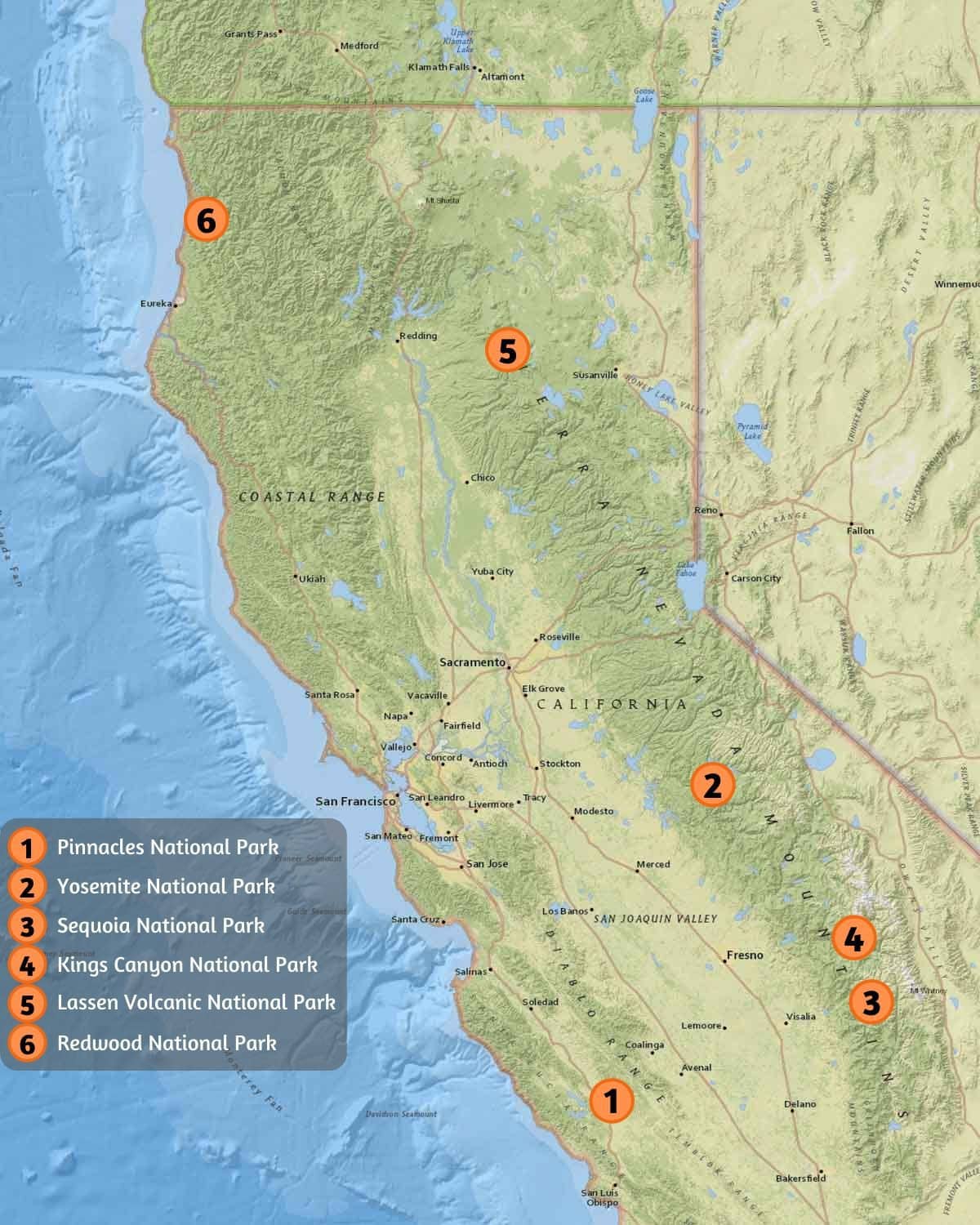
Pinnacles National Park
130 miles from downtown San Francisco (2.5 hours south)
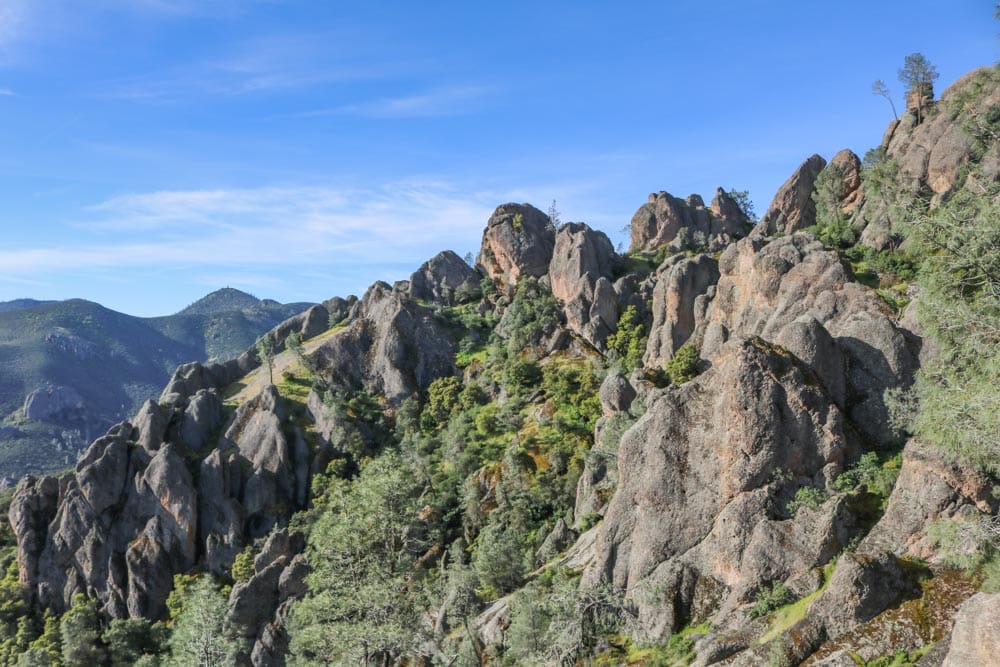
Much less-known and less-visited than the superstar national parks in California, such as Yosemite, Sequoia and, further down south, Joshua Tree, tiny Pinnacles National Park lies only 2.5 hours south of San Francisco.
In fact, if you’d like to visit an “actual” national park near San Francisco—as in a place with the words ‘national park’ in its name—Pinnacles is the closest one to the Bay Area.
After a peaceful drive through the Salinas Valley farmlands, you’ll be at this remarkable park in just a couple of hours.
Pinnacles National Park lies on the San Andreas Fault and encompasses a part of an ancient volcanic field. The fault split the field in half, dragging the monoliths and rock formations of Pinnacles National Park to the north, while the other part stayed put, currently about 195 miles to the southeast.
This is by no means the biggest or most jaw-dropping of the half-dozen national parks near San Francisco, but its geological history and wonderful scenery do make it worth visiting.
The High Peaks Trail, for example, is a fantastic day hike. Additionally, Pinnacles may also be of interest to birders since this is one of only a few locations in America where captive-bred California condors are released into the wild.
Besides hiking and bird watching, camping and rock climbing are also popular things to do in Pinnacles National Park. The Bear Gulch Cave, on the other hand, is one of the rarest cave types in the national parks system.
Yosemite National Park
170 miles from downtown San Francisco (4 hours east)
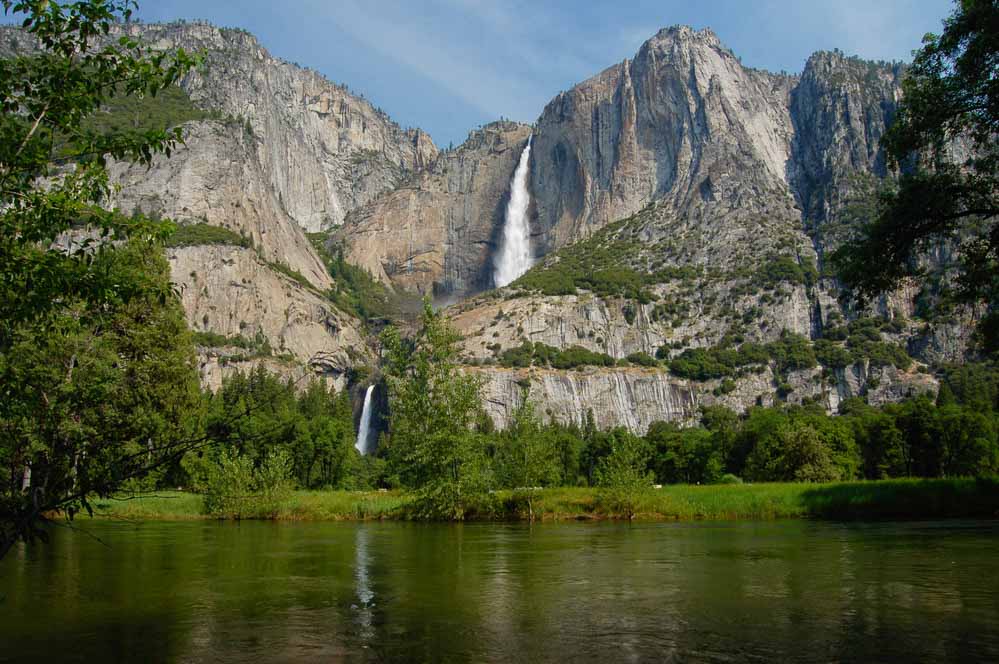
Wildlife and waterfalls, breathtaking valley vistas and gigantic granite walls, a kaleidoscope of fall foliage and wonderfully scenic drives,… Yosemite National Park epitomizes the very idea of what a national park should be.
It’s also one of the oldest U.S. national parks, a place whose protection was one of the life goals of John Muir (see above).
Even though it’s become massively crowded in the peak summer season, Yosemite does remain one of the world’s greatest national parks. That said, you’re encouraged to avoid the park in summer, though. Instead, visit Yosemite in spring or fall for the best experience—and arguably the nicest scenery.
A UNESCO World Heritage Site, this is easily one of the best national parks close to San Francisco, a place of such immense beauty, it’s hard to put in words.
From San Francisco, it’s only about 4 hours east by car. If you leave right after breakfast, you’ll be there by lunchtime!
The centerpiece of Yosemite National Park is Yosemite Valley, home to El Capitan, Half Dome, Tunnel View, the Merced River, Yosemite Falls and Bridalveil Falls.
Other areas include Mariposa Grove, an ancient stand of giant sequoias, and Tuolumne Meadows, featuring wildflowers, lakes and great high-country scenery.
As far as activities go, Yosemite offers everything from camping, scenic drives and boating to amazing easy and strenuous hiking, rock climbing and wildlife watching.
Additionally, Sequoia and Kings Canyon National Parks are just south of Yosemite. This makes this trinity of national parks near San Francisco a super-popular multi-day road trip. In a week or so, you can visit three of the greatest California national parks.
Sequoia and Kings Canyon National Parks
245 – 275 miles from downtown San Francisco (4.5 – 5 hours southeast)
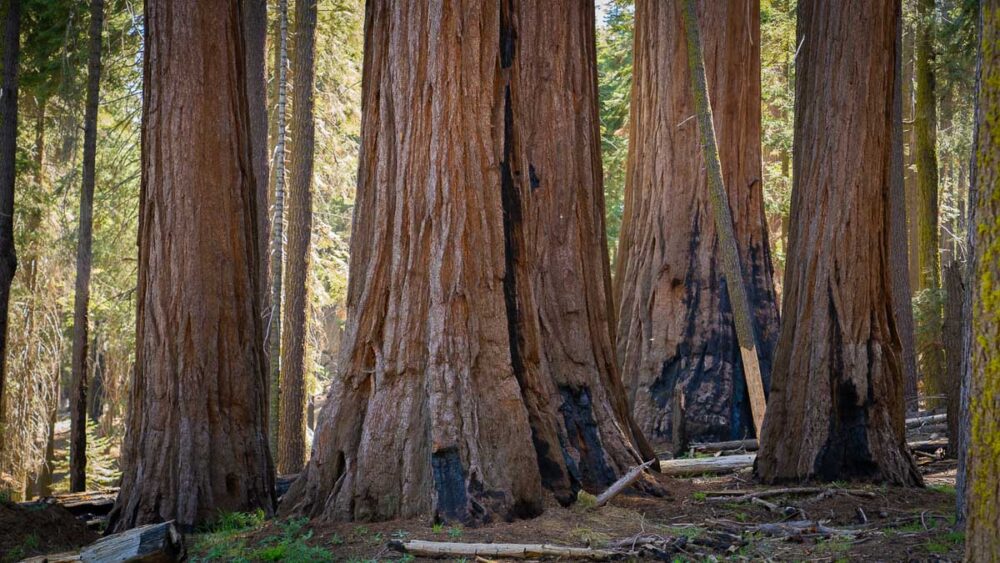
Some of the most popular national parks near San Francisco, the twin parks of Sequoia and Kings Canyon are two distinct national parks, which are managed as one unit by the National Park Service.
Some of the absolute best national parks in California, these two spectacular parks lie side by side in the southern Sierra Nevada Mountains. It’s approximately a 5-hour drive from San Francisco to Sequoia National Park.
In terms of natural variety, few places can match what Sequoia and Kings Canyon National Parks have to offer.
In Sequoia National Park, the southernmost of the two parks, you can see General Sherman, the largest living tree on the planet. This massive tree grows in the appropriately called Giant Forest, which is home to no fewer than five of the world’s ten biggest trees.
Additionally, Sequoia is home to Mount Whitney, which with its height of 14,505 feet is the highest mountain in the continental U.S.
In Kings Canyon National Park, you can also hike among towering trees, specifically at Cedar Grove and Grant Grove, which is home to General Grant, the world’s second-largest tree.
Additionally, if looking up at towering forests and mighty mountains isn’t enough, this park is where you can gaze down into one of America’s deepest canyons. Kings Canyon, the park’s namesake, is more than a mile deep!
The magnificent Generals Highway connects Sequoia and Kings Canyon National Parks. This is one of America’s most spectacular national park roads and an absolute must-do on a San Francisco national parks road trip.
Lassen Volcanic National Park
250 miles from downtown San Francisco (4.5 hours north)
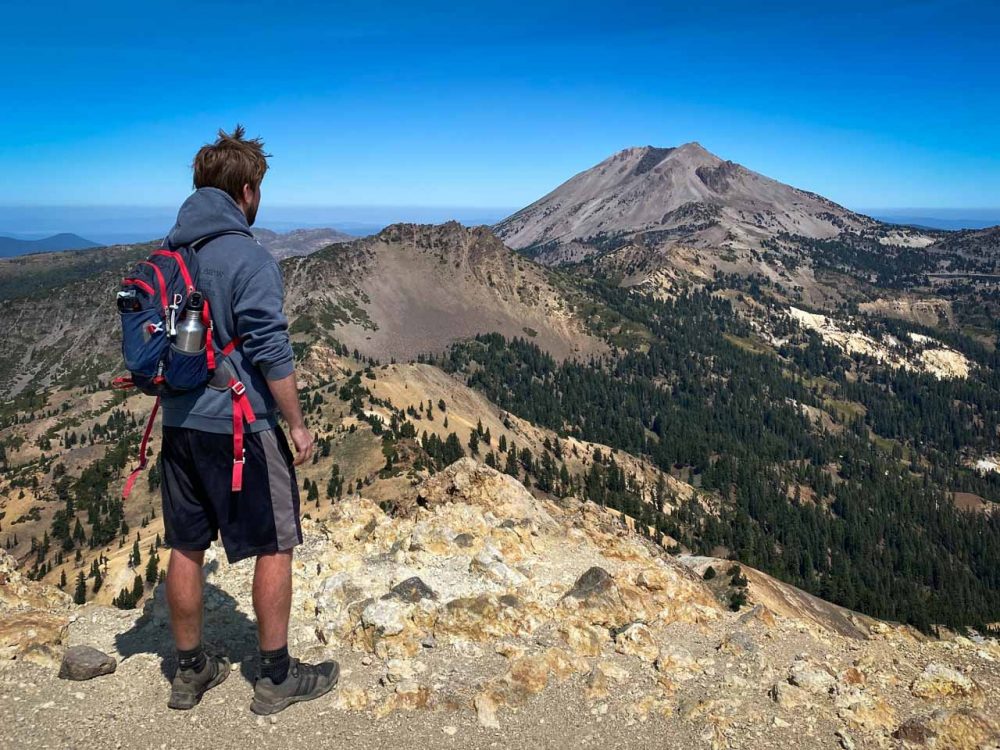
Situated at the meeting point of the Great Basin desert, the Sierra Nevada mountains and the volcanoes of the Cascade Range, Lassen Volcanic National Park offers you natural thrills unlike anywhere else in California.
The crowds are thin in this beautiful under-the-radar NorCal national park.
Just over 500,000 people visit Lassen Volcanic annually. This is nothing compared to the enormous crowds that swarm all over, for example, Yosemite National Park every year, one of those other national parks near San Francisco.
Lassen Volcanic National Park is a place of shimmering lakes, cinder cones and age-old lava beds. The star attraction and namesake of the park is Lassen Peak, the southernmost active volcano in the Cascade Range, which stretches north across Oregon and Washington.
In fact, Lassen Peak is one of America’s most active volcanoes. It’s also the biggest plug dome volcano on the planet, a massive natural attraction surrounded by many smaller volcanoes, fumaroles, boiling mud pools, pristine lakes, hot springs and wildflower-filled meadows. On top of that, you can hike to the summit Lassen Peak!
This park is exceptional for various reasons, but the most interesting one is that you’ll find every existing type of volcano here. Composite, plug dome, cinder cone and shield volcanoes are all present here.
Because of that exceptional volcanic diversity, Lassen Volcanic National Park is the only American national park that comes (relatively) close to Yellowstone in terms of hydrothermal features.
There’s plenty of great hiking, boating, cycling and camping to be done at Lassen Volcanic National Park, while the night sky is rather phenomenal, too. Additionally, the park is also open in winter, offering all kinds of fun winter adventures.
In case you’d like to continue your national parks road trip from San Francisco northwards, may I suggest visiting the two other volcanic national parks in the Pacific Northwest:
Redwood National Park
320 miles from downtown San Francisco (5.5 hours north)
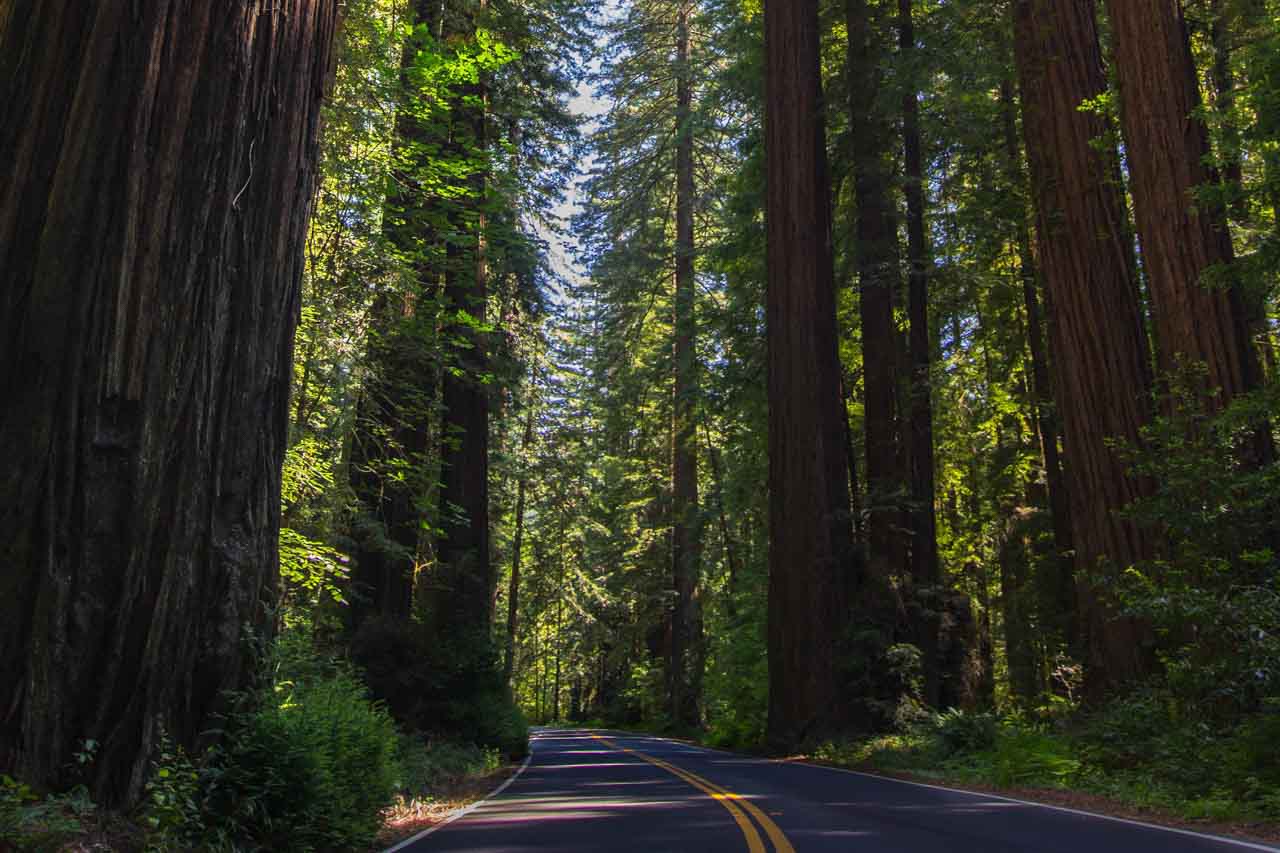
Redwood National Park could be considered one of the most remote national parks on the U.S. West Coast. There aren’t any major cities nearby.
The drive from San Francisco to Redwood National Park is about 5.5 hours, while the nearest other major city, which is Portland, Oregon, is also approximately 5.5 hours away.
A UNESCO World Heritage Site, the Redwood National and State Parks are certainly a destination worth visiting, even if that means driving for a while.
The park complex consists of four parks:
- Redwood National Park
- Jedediah Smith State Park
- Prairie Creek Redwoods State Park
- Del Norte Coast State Park
Together, the Redwood National and State Parks protect no less than 45% of all remaining old-growth coast redwood (Sequoia sempervirens) forests in the world. These massive trees are some of the tallest, most voluminous and oldest on the planet.
There’s a lot more than redwoods to be discovered here, though. In addition to the coastal redwood forests, the parks also preserves huge expanses of prairie, oak forests, wild rivers and streams, and almost 40 miles of spectacular coastline.
Wildlife abounds in these pristine forests, coasts and grasslands, from Chinook salmon and Steller’s sea lions to black bears, Roosevelt elk, mountain lions and river otters.
The abundance of animals in Redwood National and State Parks, combined with its extraordinary flora, is a main reason this is a UNESCO World Heritage Site.
This biodiversity is also why Redwood is one of the most famous national parks in northern California.
Popular Redwood activities include the classics, such as camping and hiking, but also road cycling on the Newton B. Drury Scenic Parkway and other park roads. Additionally, Redwood is also one of very few U.S. national parks where backcountry mountain biking is allowed.





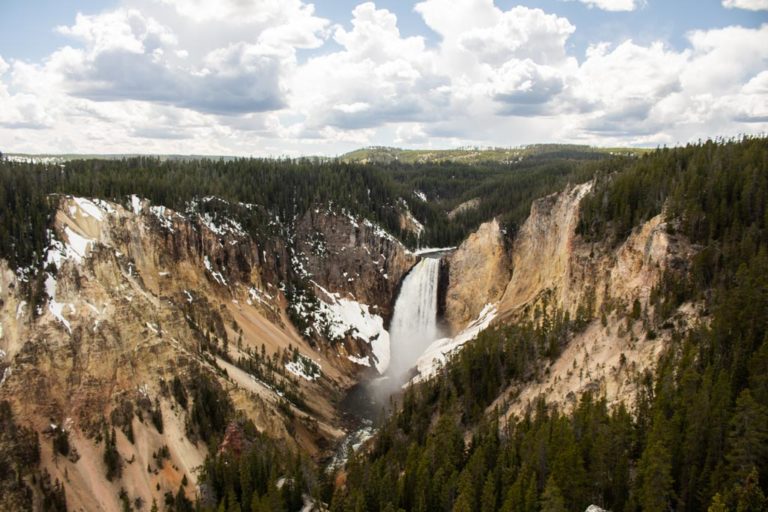

I as a California tax payer for over 40 years am a opposed to the proposal to create parking fees at the SF National parks. We all the increasing costs of living in the Bay Area …you will be closing off access to those who need free open park space the most! DO NOT create parking fees.
I mostly agree with your sentiment, Marta. Especially in crowded urban parks, raising or implementation fees might mean that less wealthy people won’t visit these public places anymore. The vast majority of funding for the parks should come from the top level, not collected by individual parks via parking or other additional fees. That’s in stark contrast with what the national park system is for.